Home>Garden Essentials>How To Germinate Lima Beans Indoors
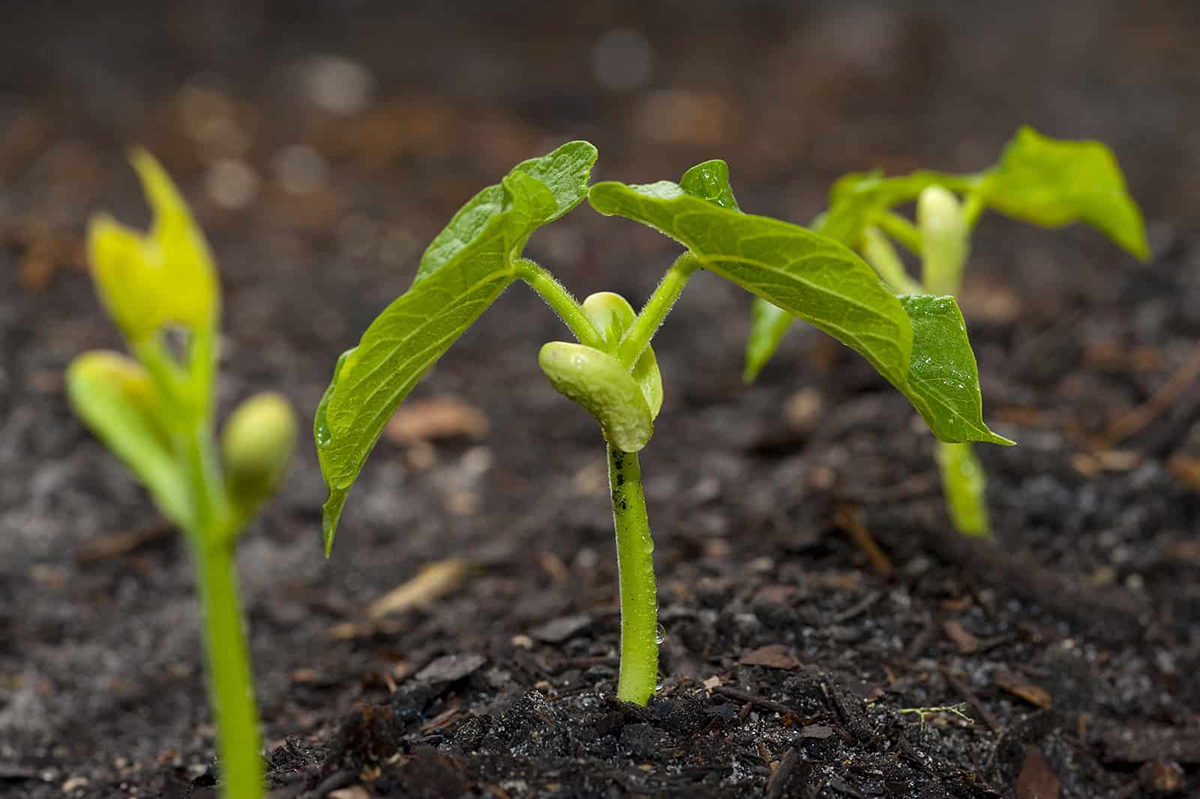

Garden Essentials
How To Germinate Lima Beans Indoors
Modified: April 22, 2024
Learn how to germinate Lima beans indoors and start your own garden. Growing a garden has never been easier with this step-by-step guide.
(Many of the links in this article redirect to a specific reviewed product. Your purchase of these products through affiliate links helps to generate commission for Storables.com, at no extra cost. Learn more)
Introduction
Welcome to the fascinating world of indoor gardening! If you’re an enthusiast or a beginner looking to start your indoor garden, germinating lima beans indoors is a great place to start. Not only is it a fun and educational activity, but it also allows you to enjoy the rewarding experience of witnessing the growth of these nutritious legumes right from the comfort of your own home.
Germinating lima beans indoors offers several advantages. It provides you with the opportunity to extend the growing season, especially in regions with shorter or colder summers. Additionally, it allows for more control over the growing conditions, ensuring optimal growth and healthier plants. Whether you plan on transplanting them outdoors or keeping them as houseplants, germinating lima beans indoors is a fulfilling and rewarding experience.
In this article, we will guide you through the process of germinating lima beans indoors step-by-step. From selecting the right seeds to caring for the seedlings, you’ll have all the information you need to kickstart your indoor garden successfully. So, grab your gardening tools and let’s get started!
Key Takeaways:
- Germinating lima beans indoors is a fun and rewarding way to extend the growing season, control growing conditions, and witness the growth of nutritious legumes right from home.
- To successfully germinate lima beans indoors, choose suitable seeds, provide optimal growing conditions, and transplant the seedlings carefully for a bountiful harvest of delicious homegrown lima beans.
Materials Needed
Before you begin germinating lima beans indoors, gather the following materials:
- Lima Bean Seeds: Purchase high-quality lima bean seeds from a reputable supplier. Choose a variety that is suitable for indoor growing.
- Germination Pots or Containers: Select pots or containers that have drainage holes to ensure proper water drainage. You can use small plastic cups, seed trays, or biodegradable peat pots.
- Seed Starting Mix: Use a well-draining seed starting mix or a combination of potting soil, perlite, and vermiculite. Avoid using heavy garden soil, as it may hinder germination.
- Clear Plastic Wrap or Dome: Covering the pots with transparent plastic wrap or using a plastic dome creates a greenhouse-like environment, promoting moisture retention and faster germination.
- Water Mister or Spray Bottle: Use a water mister or spray bottle to provide gentle moisture to the seeds and seedlings without disturbing them.
- Grow Lights or Sunny Window: Lima beans require ample light for successful germination. If you don’t have access to a sunny window, consider using fluorescent grow lights to provide adequate light for the seedlings.
- Watering Can or Spray Bottle: Use a watering can or spray bottle to water the seedlings as they grow. Using a gentle watering technique prevents overwatering and potential damage to the delicate roots.
- Fertilizer: Once the seedlings develop their first set of true leaves, you may need to provide them with a balanced liquid fertilizer to support their growth.
- Marker or Labels: Labeling your pots or containers helps you keep track of the different varieties of lima beans and their respective planting dates.
With these materials ready, you are well-prepared to begin the exciting process of germinating lima beans indoors. Let’s move on to the next step: selecting the lima bean seeds.
Step 1: Selecting Lima Bean Seeds
The first step in germinating lima beans indoors is to select the right seeds for your indoor garden. Here are a few considerations to keep in mind:
- Choose a Suitable Variety: There are different varieties of lima beans available, ranging from bush types to pole varieties. Consider the available space in your indoor garden and choose a variety that fits your needs. Bush types are better suited for smaller spaces, while pole varieties require trellising or support.
- Check Seed Viability: Make sure that the seeds you are using are viable and have a high germination rate. Check the packaging or inquire with the supplier about the seed viability. Fresh seeds are generally more successful in germination.
- Consider the Growing Conditions: Some lima bean varieties thrive in warmer temperatures, while others are more tolerant of cooler conditions. Take into account the temperatures of your indoor environment and select a variety that will thrive under those conditions.
- Look for Disease Resistance: Certain lima bean varieties have been bred to be resistant to common diseases. Consider choosing disease-resistant varieties to increase the chances of successful germination and healthy plant growth.
When selecting your lima bean seeds, purchase them from a reputable supplier to ensure quality. It’s also a good idea to obtain a few extra seeds in case not all of them successfully germinate.
Once you have selected your lima bean seeds, you are ready to move on to the next step: preparing the germination pots.
Step 2: Preparing the Germination Pots
In Step 2 of germinating lima beans indoors, we will prepare the germination pots or containers that will become the nurturing homes for our seeds. Follow these steps to ensure a conducive environment for germination:
- Choose Appropriate Containers: Select pots or containers that have drainage holes to prevent waterlogging. This allows excess water to flow out and ensures that the seeds and seedlings do not become waterlogged, leading to root rot.
- Fill the Containers: Fill the containers with a well-draining seed starting mix or a blend of potting soil, perlite, and vermiculite. Leave about an inch of space at the top to prevent overflow when watering.
- Moisten the Soil: Before planting the lima bean seeds, moisten the soil evenly. This ensures that the seeds have enough moisture to start the germination process.
- Create Furrows: Use your finger or a small tool to create furrows in the soil. The furrows should be deep enough to accommodate the seeds but not too deep that they get buried too far down.
- Place the Seeds: Carefully place the lima bean seeds in the furrows, spacing them according to the seed packet instructions. Generally, the seeds should be placed around 2 inches apart.
- Cover and Label: Gently cover the seeds with soil, making sure they are adequately covered but not buried too deeply. Use the markers or labels to indicate the variety and planting date of each pot.
Once you have prepared the germination pots, it’s time to move on to Step 3: pre-soaking the lima beans to expedite the germination process.
Step 3: Pre-soaking the Lima Beans
In Step 3 of germinating lima beans indoors, we will pre-soak the lima beans before planting them. Pre-soaking helps to soften the seed coat and encourages faster and more uniform germination. Follow these steps:
- Choose a Soaking Container: Select a clean container that is large enough to hold the lima beans and allow room for expansion. A jar or a bowl works well for this purpose.
- Add Water: Fill the container with room temperature water. Make sure there is enough water to completely submerge the lima beans.
- Place the Lima Beans: Gently place the lima beans into the water and make sure they are fully submerged. Avoid overcrowding the seeds; there should be enough space for them to expand.
- Soak Overnight: Allow the lima beans to soak overnight or for at least 8-12 hours. This soaking period helps to rehydrate the seeds and initiate the germination process.
- Drain the Water: After the soaking period, drain the water from the container. Use a colander or strainer to remove any excess water and ensure that the seeds are not sitting in standing water.
Pre-soaking the lima beans prepares them for germination, softening the seed coat and activating enzymes necessary for growth. With the lima beans pre-soaked, now it’s time to move on to Step 4: planting the lima beans in the germination pots.
Soak the lima beans in water overnight to soften the seed coat and encourage germination. Plant the beans in a small pot with moist soil, and place in a warm, sunny spot. Keep the soil consistently moist, and you should see sprouts in about 7-10 days.
Read more: How To Store Lima Beans
Step 4: Planting the Lima Beans
In Step 4 of germinating lima beans indoors, we will plant the pre-soaked lima beans in the germination pots. This is an exciting step as it marks the beginning of the germination process. Follow these steps to ensure successful planting:
- Prepare the Furrows: Using your finger or a small tool, make shallow furrows in the soil of the germination pots. The furrows should be approximately 1 inch deep.
- Space the Seeds: Place the pre-soaked lima beans in the furrows, spacing them at least 2 inches apart. Be gentle when handling the seeds to avoid damaging the delicate embryo.
- Cover the Seeds: Carefully cover the lima beans with soil, ensuring that the seeds are adequately covered but not buried too deeply. Lightly firm the soil above them to provide good seed-to-soil contact.
- Water the Pots: Give the newly planted lima beans a gentle watering using a watering can or a spray bottle. Be cautious not to overwater, as excessive moisture can lead to fungal diseases.
- Label the Pots: Label each pot with the variety of lima bean and the date of planting. This helps in keeping track of the progress and identifying the different varieties.
After planting the lima beans, place the germination pots in a warm and well-lit location. Lima beans require a temperature range of 70°F to 80°F (21°C to 27°C) for optimal germination. Now that the seeds are planted, it’s time to move on to Step 5: providing optimal growing conditions for the germinating lima beans.
Step 5: Providing Optimal Growing Conditions
In Step 5 of germinating lima beans indoors, we will focus on creating the ideal growing conditions to support the germination and growth of the lima bean seeds. Implement these tips to ensure optimal conditions for successful indoor cultivation:
- Temperature: Lima beans thrive in warm temperatures. Maintain a consistent temperature range of 70°F to 80°F (21°C to 27°C) for successful germination and growth. Avoid exposing the seedlings to cold drafts or extreme temperature fluctuations.
- Lighting: Lima beans require at least 6 to 8 hours of direct sunlight or artificial light each day. Place the germination pots near a south-facing window or use fluorescent grow lights if natural lighting is insufficient.
- Moisture: Keep the soil consistently moist but not waterlogged. Use a water mister or spray bottle to gently water the soil whenever it feels dry to the touch. Avoid overwatering, as it can lead to root rot and other fungal issues.
- Ventilation: It’s important to provide adequate air circulation around the seedlings. This helps prevent damping off disease and promotes strong and healthy growth. Use a small fan on low speed to gently circulate the air in the growing area.
- Humidity: Lima beans prefer moderate humidity levels. To increase humidity around the seedlings, you can place the germination pots on trays filled with water or use a room humidifier. Be mindful not to create excessive humidity, which can encourage fungal growth.
Regularly monitor the temperature, lighting, moisture, ventilation, and humidity levels in the growing area. Adjust as needed to provide the optimal conditions for the germinating lima beans. With the ideal growing conditions in place, it’s time to move on to Step 6: caring for the germinating lima beans.
Step 6: Caring for the Germinating Lima Beans
In Step 6 of germinating lima beans indoors, we will focus on providing proper care for the germinating lima beans to ensure their healthy growth and development. Follow these essential care guidelines:
- Watering: Continue to water the germinating lima beans regularly, keeping the soil consistently moist. Use a gentle watering technique to avoid disturbing the delicate seeds and seedlings. Water at the base of the plants to prevent splashing water on the leaves, which can lead to disease.
- Lighting: Ensure that the germinating lima beans receive at least 6 to 8 hours of direct sunlight or artificial light daily. Adjust the position of the pots or the height of the grow lights as the seedlings grow to maintain optimal light exposure.
- Thinning: If multiple seeds germinate in one pot, thin them out by gently removing the weaker seedlings, leaving the healthiest and strongest ones to grow. Thinning allows for better airflow and prevents overcrowding.
- Fertilizing: Once the seedlings develop their first set of true leaves, you may begin fertilizing them with a balanced liquid fertilizer. Follow the manufacturer’s instructions for the correct dilution and frequency of application.
- Support: If you are growing pole lima bean varieties, provide sturdy supports such as trellises, stakes, or cages for the seedlings to climb. This helps prevent breakage and keeps the plants upright as they grow taller.
- Monitor for Pests and Diseases: Regularly inspect the seedlings for any signs of pests or diseases, such as aphids or fungal infections. If detected, take appropriate measures to control the issue, such as using organic insecticides or fungicides.
Consistent care and monitoring play a crucial role in the successful growth of the germinating lima beans. By providing proper watering, adequate lighting, thinning, fertilizing, supporting, and pest and disease management, you can ensure strong and healthy growth. Now it’s time to learn about Step 7: transplanting the lima bean seedlings when they are ready.
Step 7: Transplanting the Lima Bean Seedlings
In Step 7 of germinating lima beans indoors, we will discuss the process of transplanting the seedlings once they have grown strong and are ready to be moved into their final growing location. Follow these steps to successfully transplant your lima bean seedlings:
- Choose the Right Timing: Wait until the seedlings have developed multiple sets of true leaves and are about 4-6 inches tall before considering transplanting them. This ensures that they are strong enough to withstand the transplanting process.
- Select the Planting Location: Choose a well-draining location in your garden or a suitable container if you plan to grow the lima beans in pots. The selected area should receive full sun and have enough space to accommodate the mature plants’ growth.
- Prepare the Soil: Prepare the soil by removing any weeds or debris and loosening it with a garden fork or a tiller. Incorporate organic matter such as compost to improve soil fertility and drainage.
- Transplant Carefully: Gently remove the seedlings from their germination pots, being careful not to damage the roots. Dig a hole in the prepared soil, making it deep enough to accommodate the roots of the seedling. Place the seedling in the hole and backfill with soil, firming it gently around the base of the plant.
- Water Thoroughly: After transplanting, water the seedlings thoroughly to settle the soil around the roots and to provide them with necessary moisture. Avoid overwatering, but ensure that the soil is consistently moist during the initial establishment period.
- Provide Support (if needed): If you are growing pole lima beans, set up a trellis, stakes, or a support system to help the plants climb and stay upright as they grow taller.
- Maintain Care: Continue to care for the transplanted seedlings by watering them regularly, providing appropriate support if needed, and monitoring them for any signs of pests or diseases. Mulching around the plants can help conserve moisture and suppress weeds.
Transplanting the lima bean seedlings into their final growing location is an important step in the journey of growing lima beans indoors. By following these transplanting guidelines and providing proper ongoing care, you can enjoy a bountiful harvest of delicious lima beans. Congratulations!
Now that you have successfully transplanted the seedlings, it’s time to nurture and watch them grow into mature plants. With proper care, you’ll soon be enjoying the fruits of your labor in the form of fresh, homegrown lima beans.
Happy gardening!
Read more: How To Store Fresh Lima Beans
Conclusion
Congratulations on successfully germinating and transplanting your lima bean seedlings indoors! By following the step-by-step process outlined in this guide, you have learned how to nurture and care for your lima beans from the very beginning. Whether you are a seasoned gardener or a beginner, the joy of witnessing your seeds sprout and grow into thriving seedlings is truly rewarding.
Germinating lima beans indoors offers a range of benefits, including the ability to extend the growing season, better control over growing conditions, and the satisfaction of producing your own nutritious legumes. As you continue to care for your lima bean plants, remember to provide them with optimal light, moisture, and temperature conditions to support healthy growth.
As your lima bean plants mature and begin to produce pods, be sure to harvest them regularly when the pods are plump and the beans are fully formed. Lima beans are a versatile and nutrient-rich addition to your meals, offering a delicious taste and a host of health benefits.
Don’t hesitate to experiment with different lima bean varieties to discover your favorites and explore recipes that highlight their unique flavors. Whether you use them in soups, stews, salads, or as a nutritious side dish, your homegrown lima beans will bring a taste of freshness and satisfaction to your table.
Remember to continue learning and exploring other indoor gardening ventures. Each new plant and gardening experience will deepen your knowledge and skills, allowing you to expand your green thumb and cultivate a thriving indoor garden.
So, keep nurturing your lima beans with care, patience, and enthusiasm. Enjoy the process and the rewards of growing your own food—it’s a truly gratifying journey that will continually inspire and connect you with the wonders of nature.
Happy gardening!
Frequently Asked Questions about How To Germinate Lima Beans Indoors
Was this page helpful?
At Storables.com, we guarantee accurate and reliable information. Our content, validated by Expert Board Contributors, is crafted following stringent Editorial Policies. We're committed to providing you with well-researched, expert-backed insights for all your informational needs.
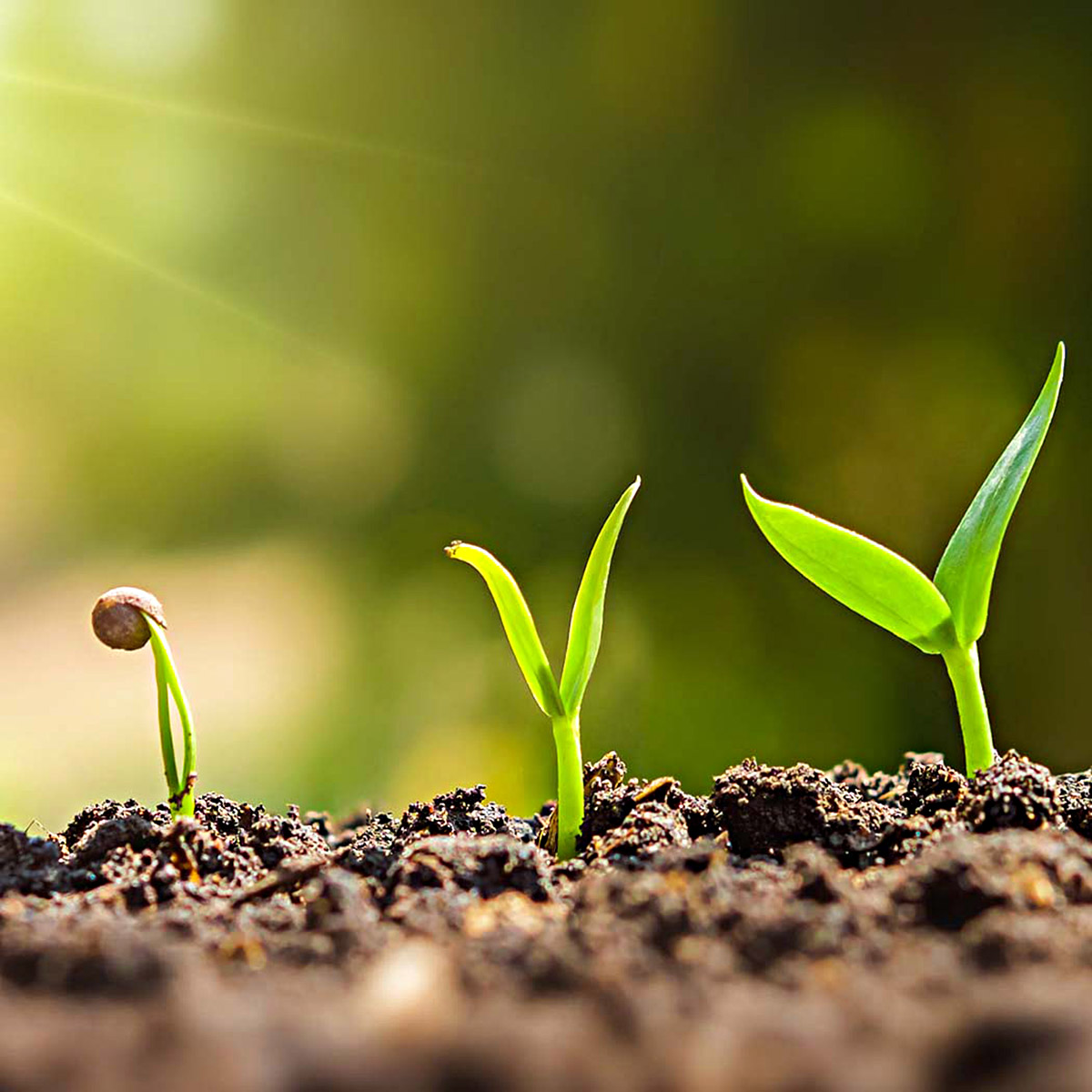
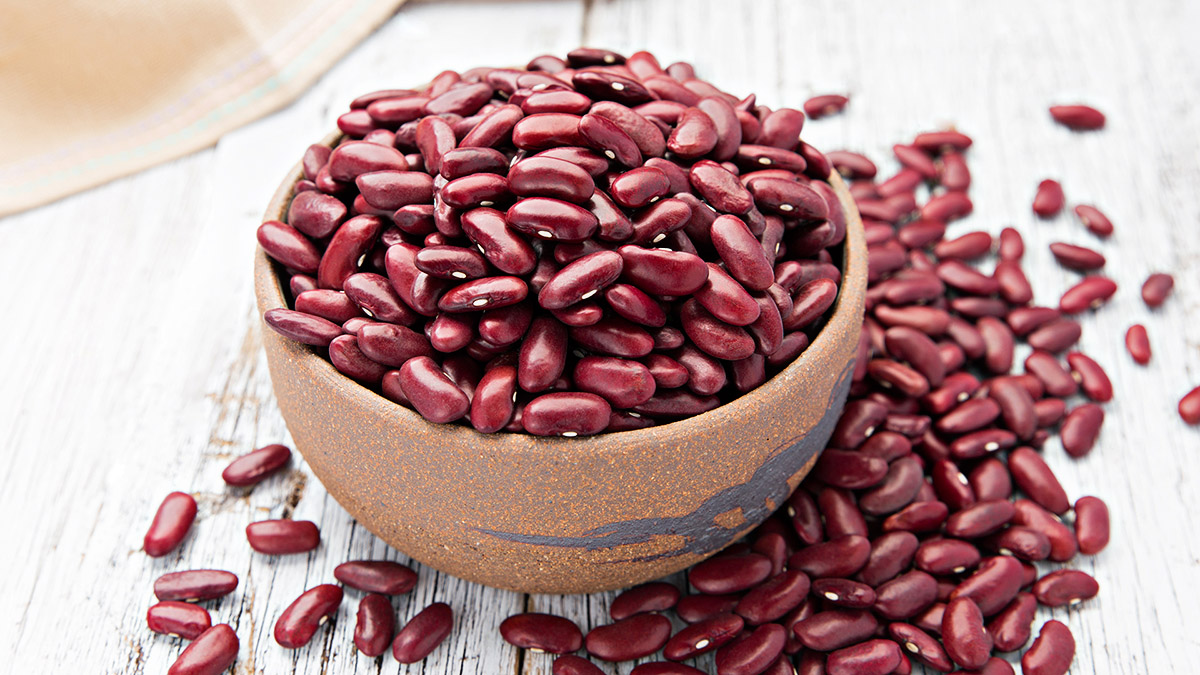
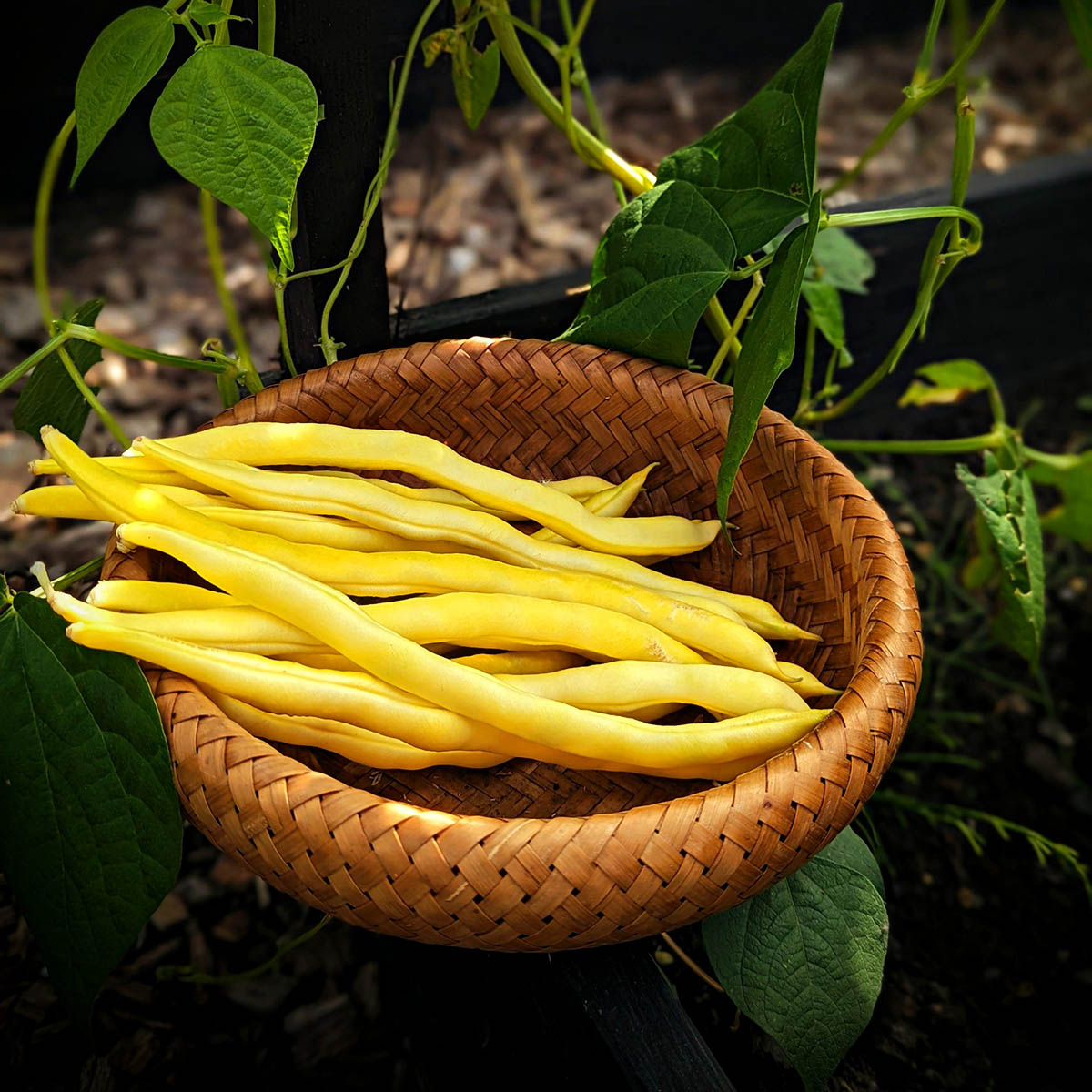
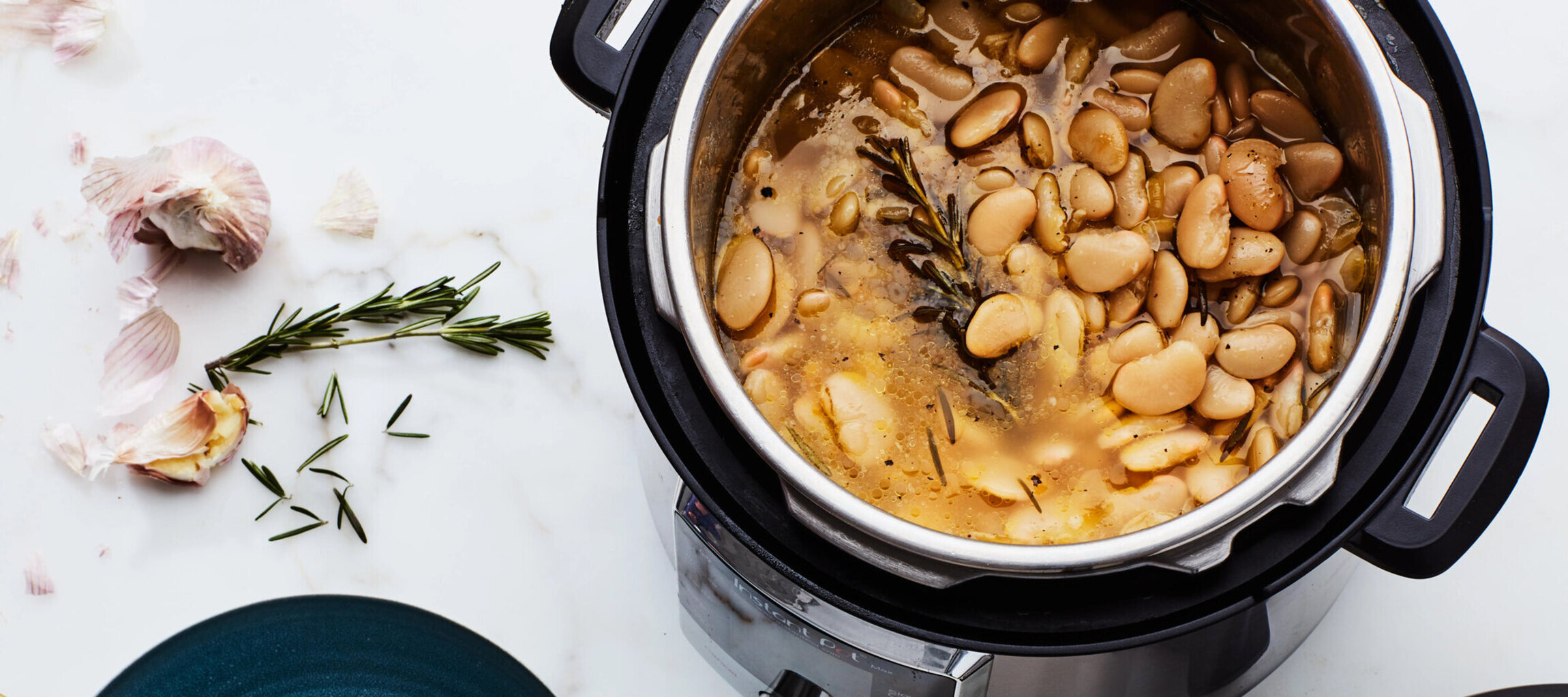
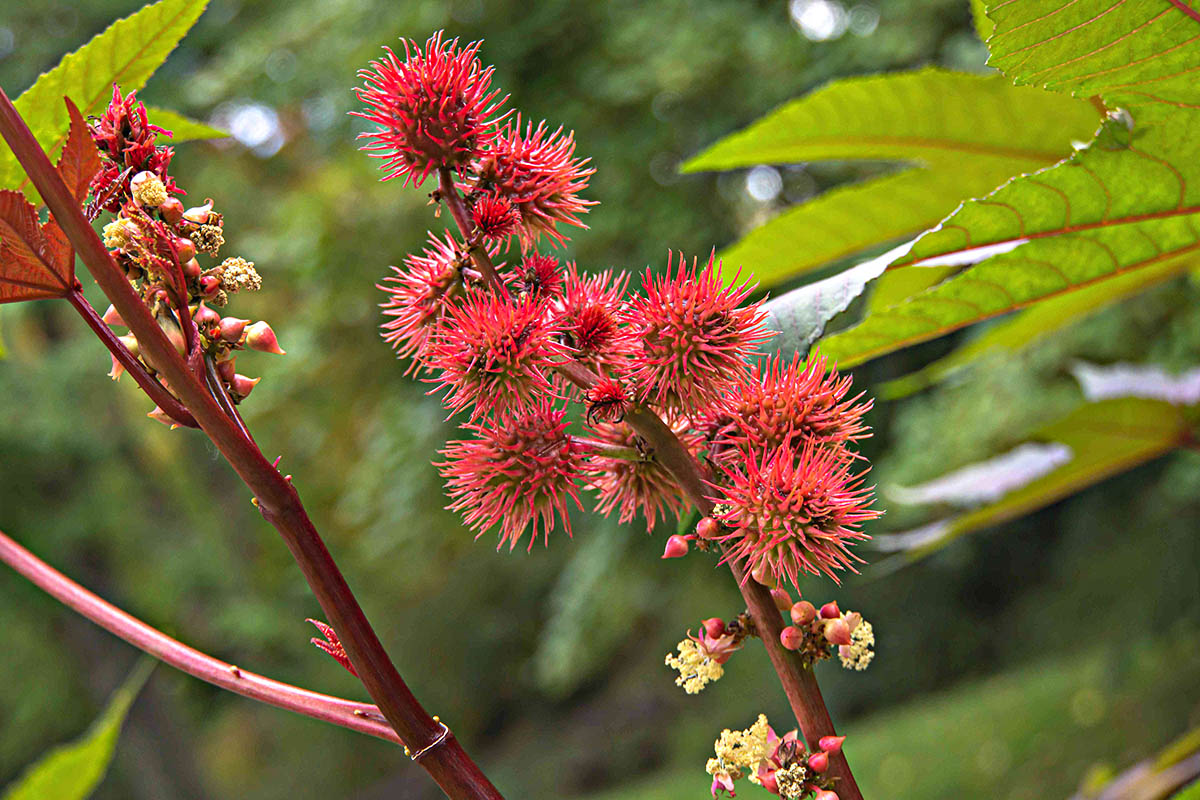
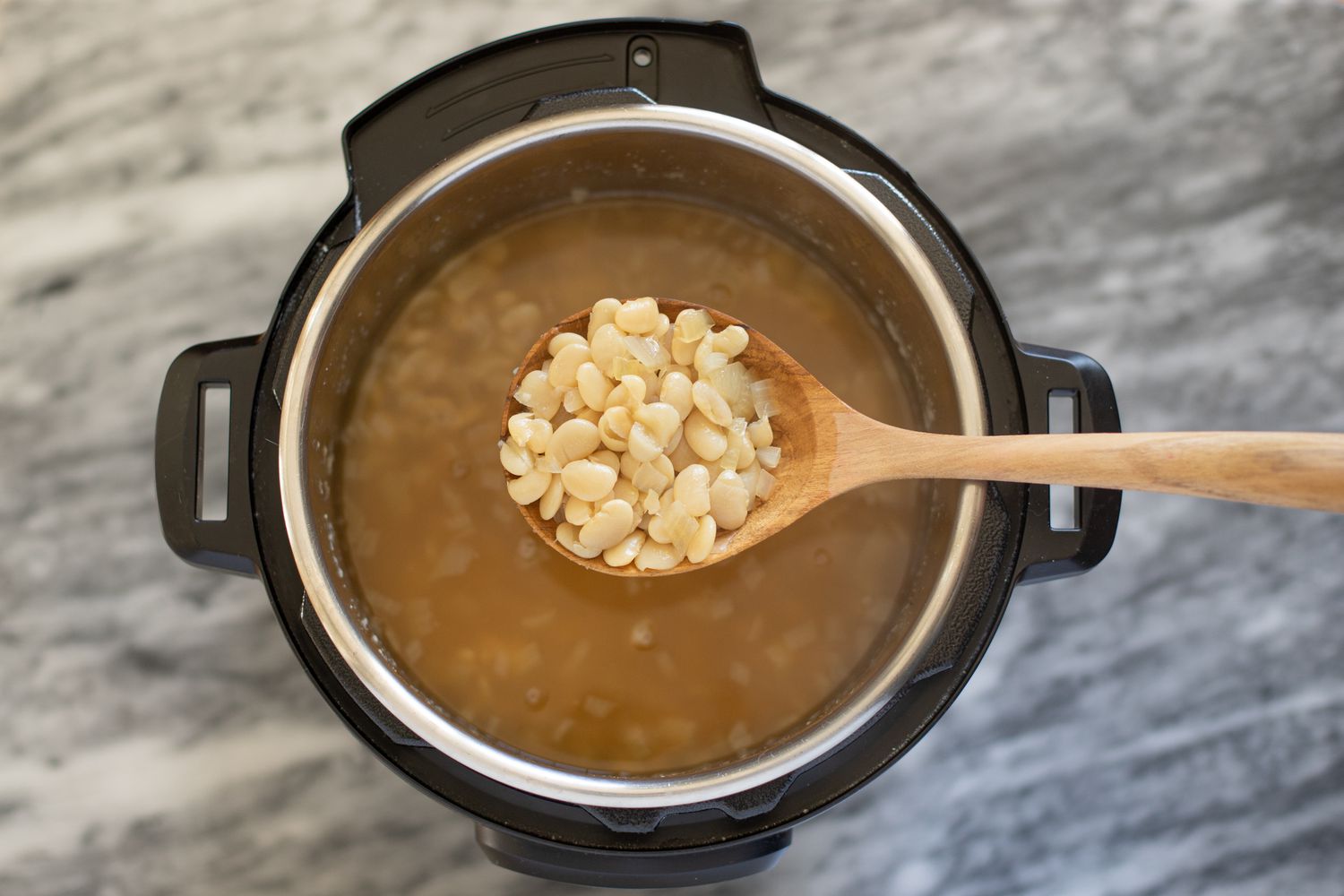
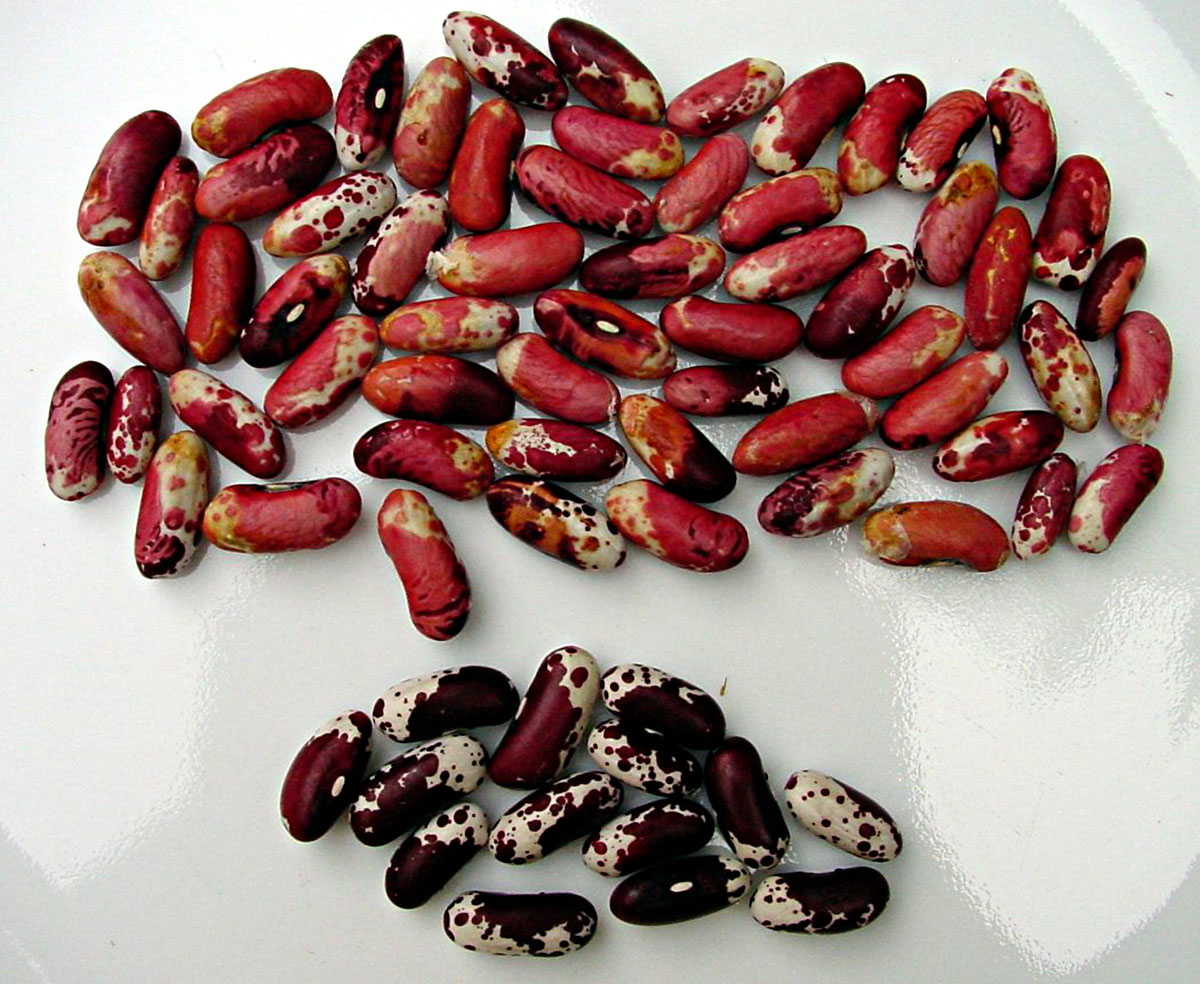
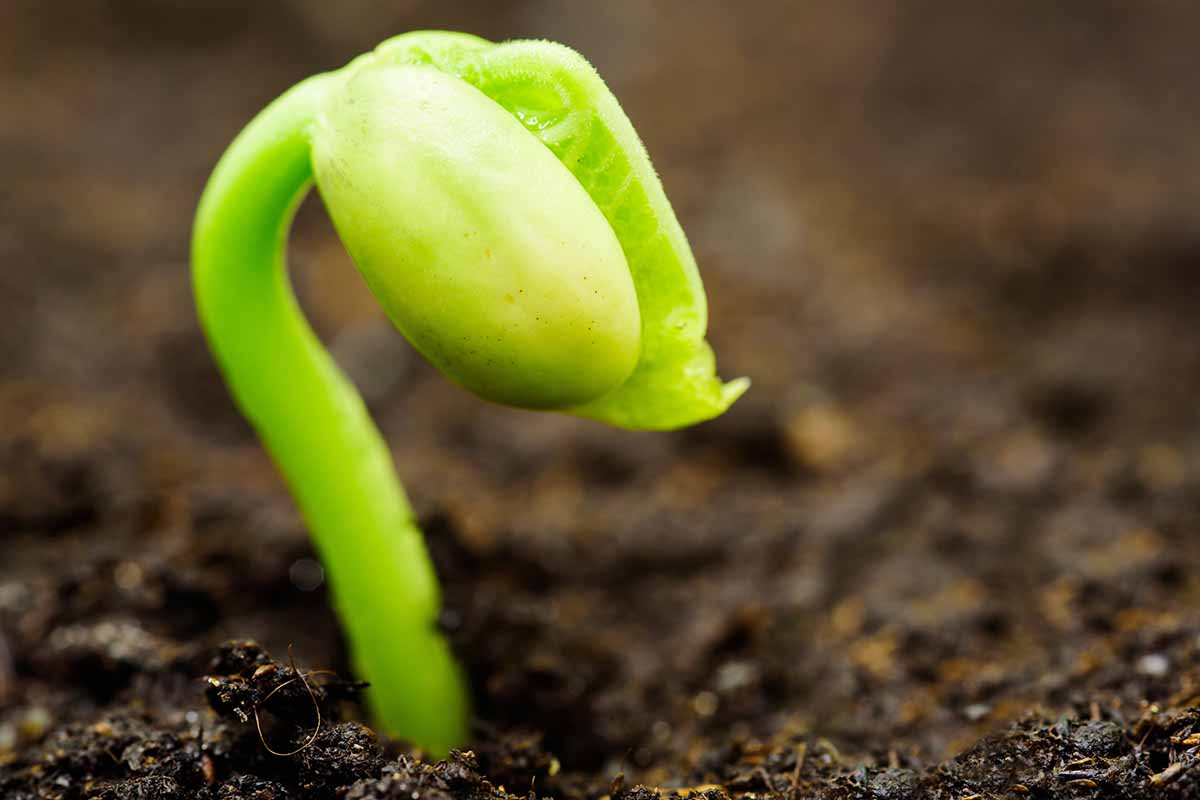
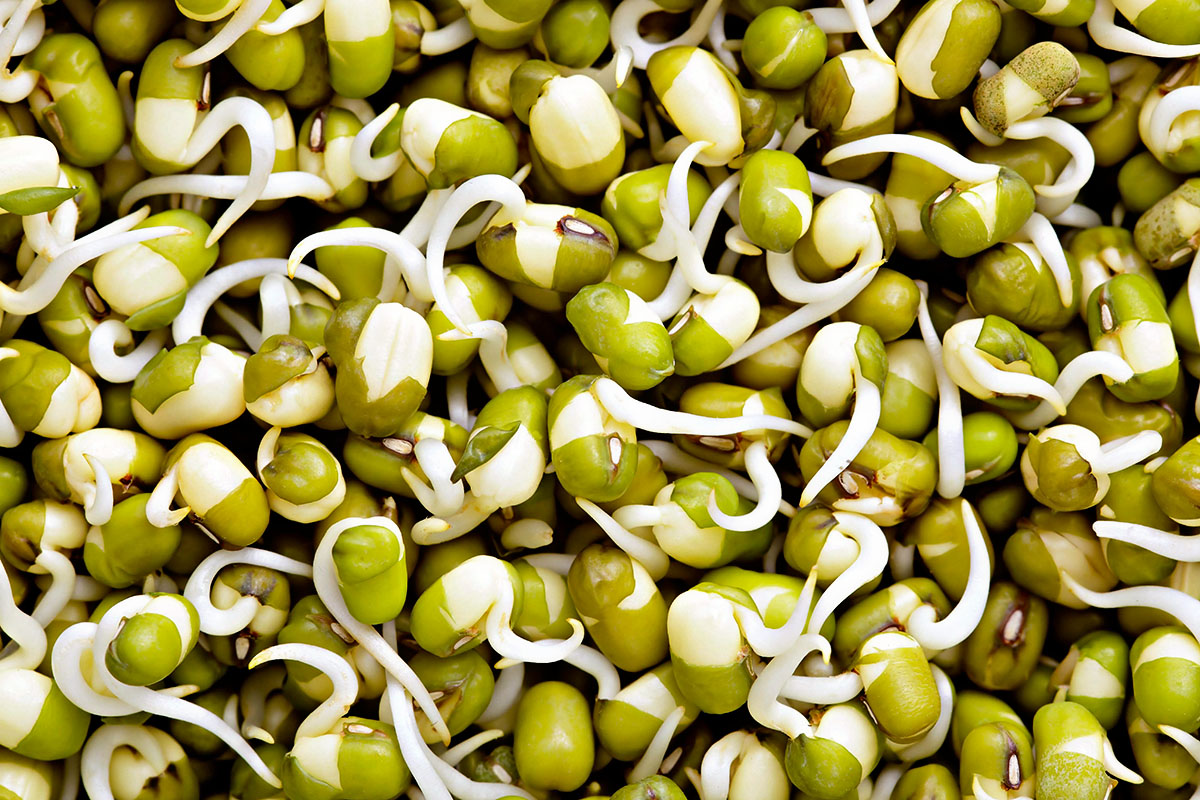


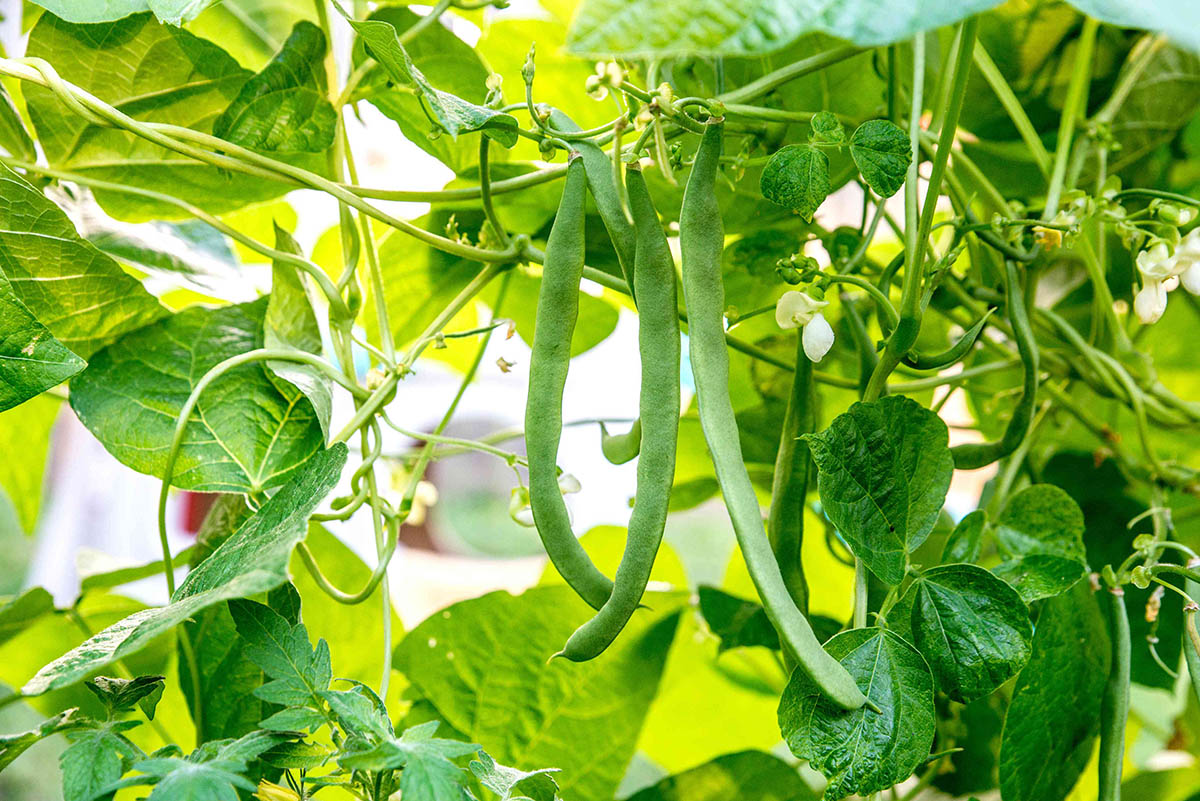
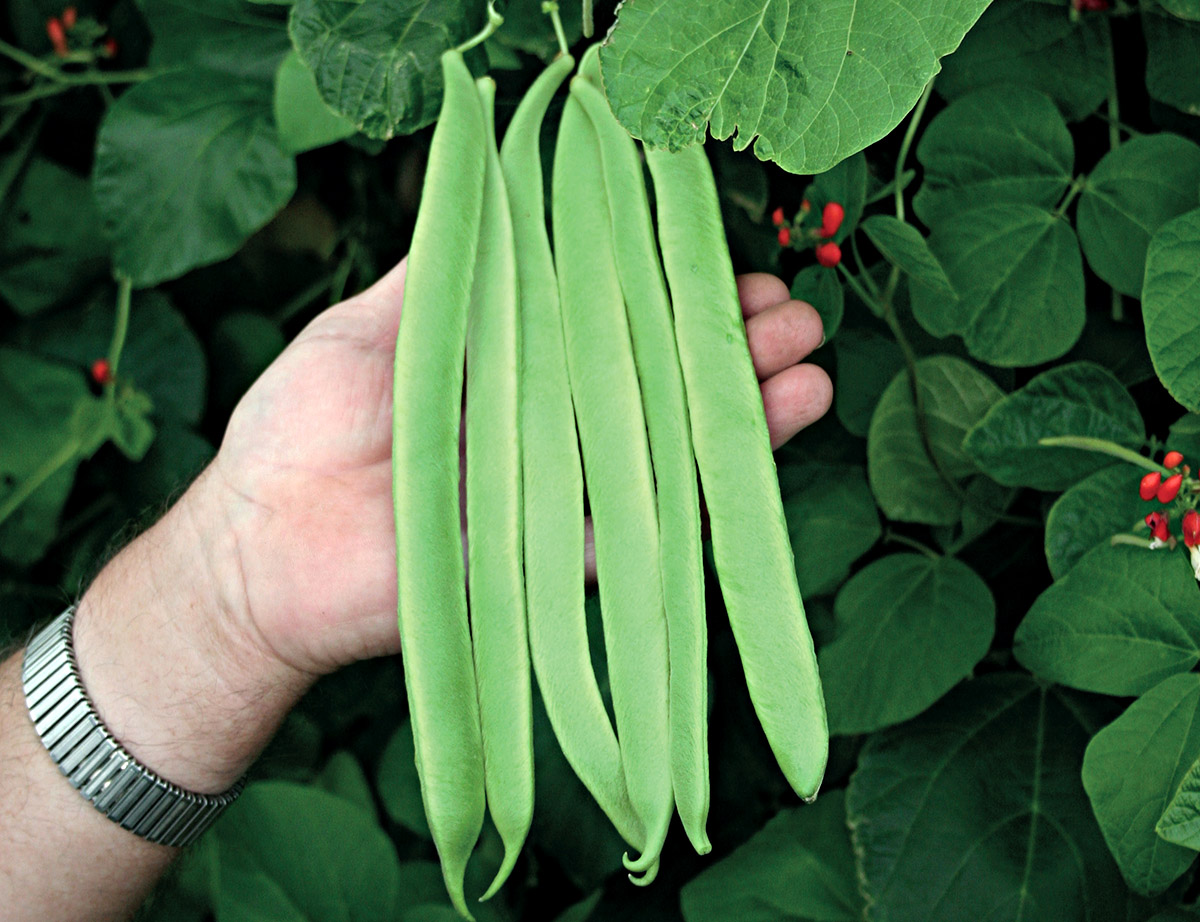

0 thoughts on “How To Germinate Lima Beans Indoors”